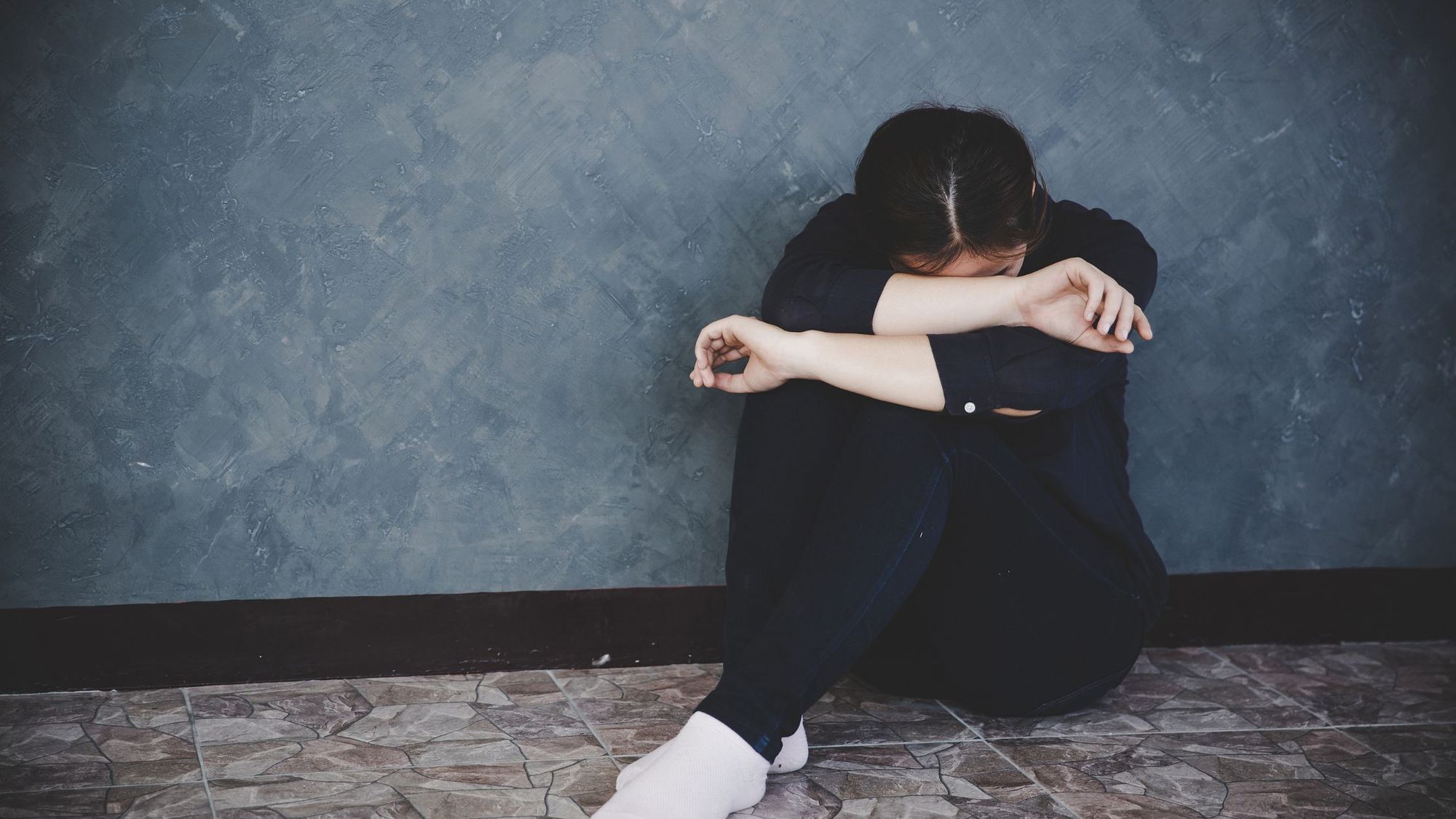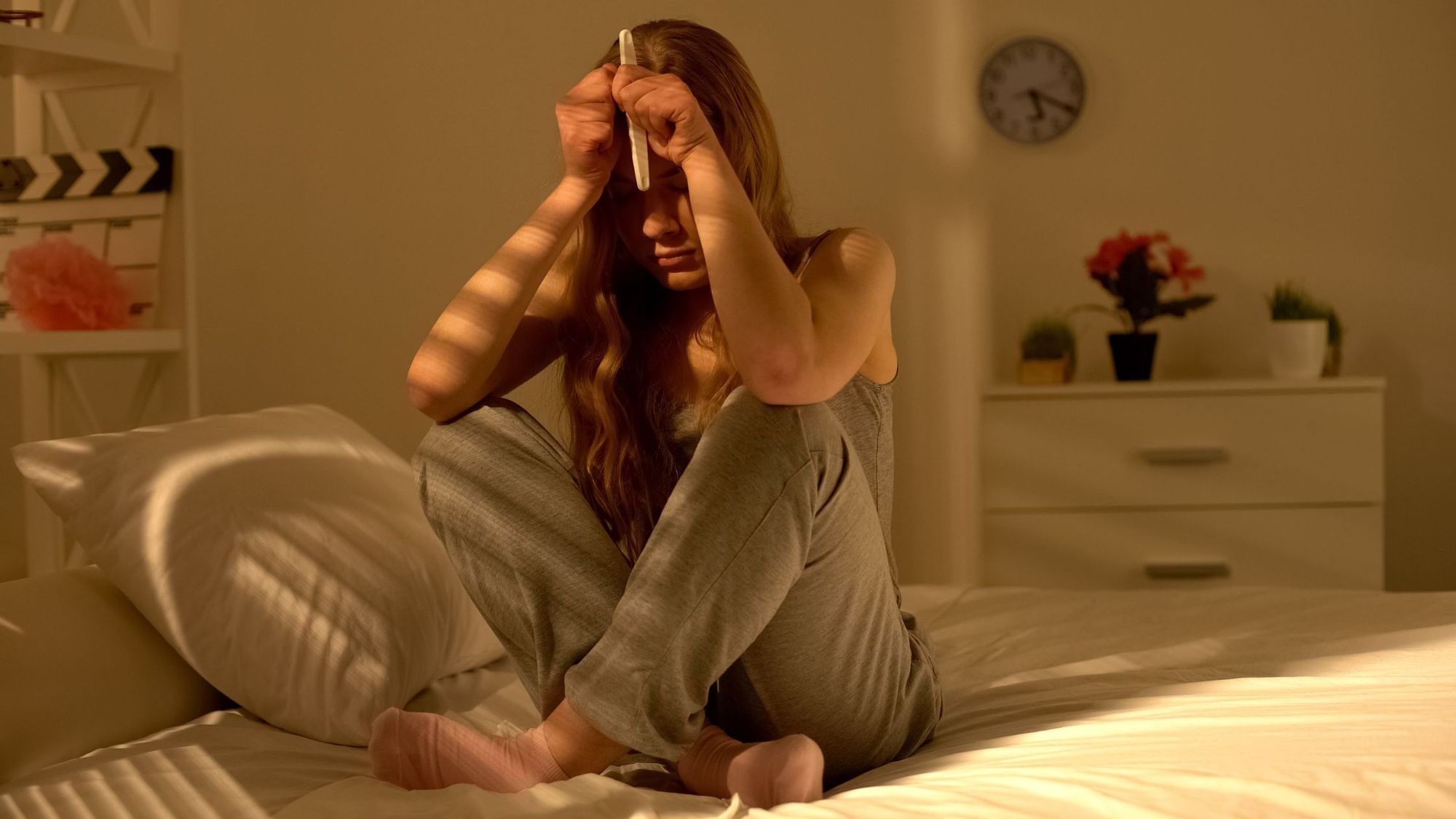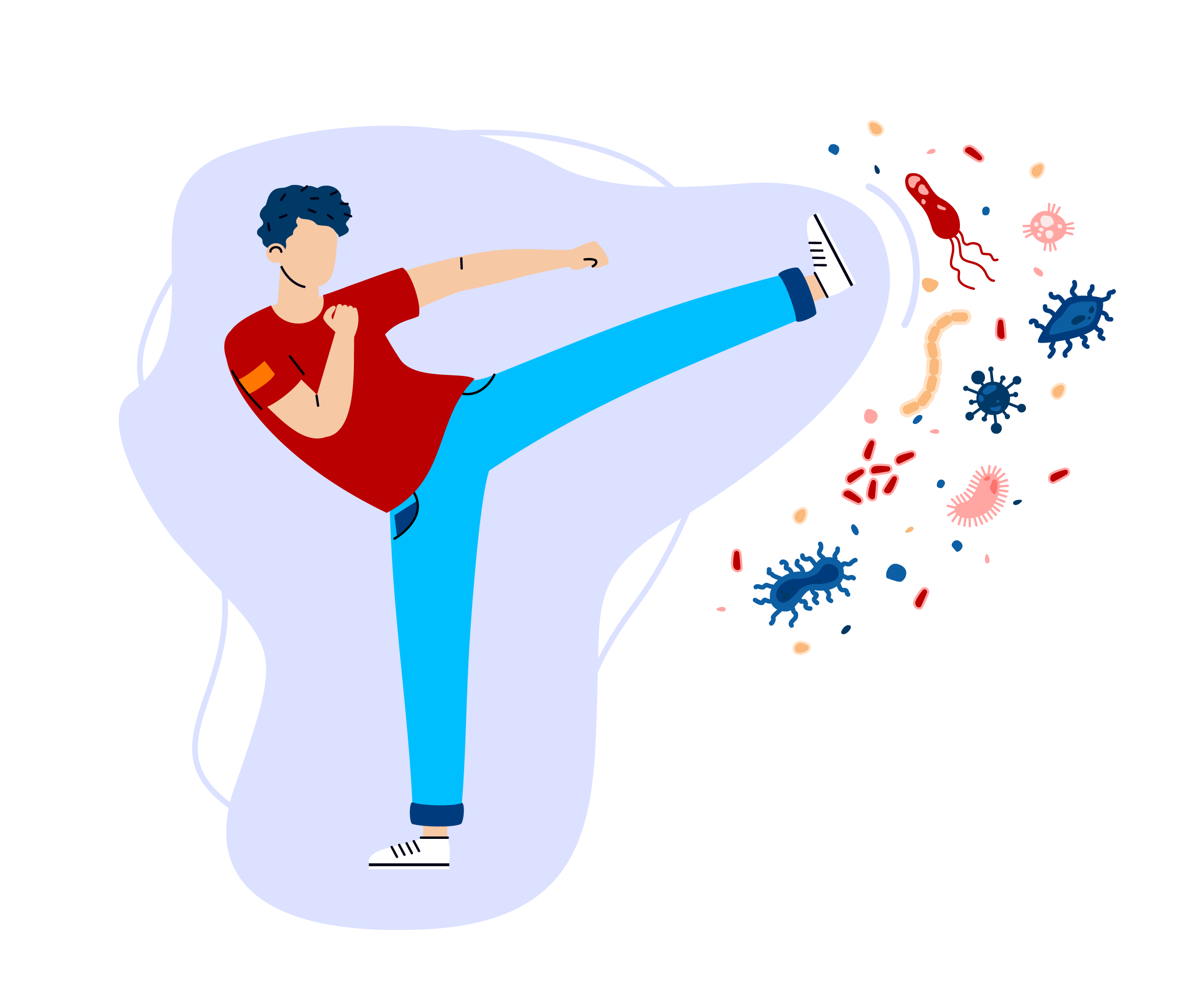
Studies have consistently shown that depression in women is more prevalent than depression in men. This may or may not be true, especially since women are statistically much more likely to report feelings of depression, while men are more likely to hide it. In this article, we’ll get to the bottom of the gender gap in depression rates, how true the contrast is, and why there’s a gender gap in the first place.
The term ‘gender gap’ is commonly used to describe the stark socioeconomic inequalities between the two genders, for example with women earning only $0.82 for every dollar men earn. Gender stratification is also apparent as females receive lesser opportunities for leadership roles and career advancement at work. Alarmingly, the gender gap doesn’t just hit the pocketbook but also affects mental health and wellness.
Research indicates that women experience major depression at higher rates than men. Gender differences in depression rates begin as young as 12 years old and continue into adulthood, with females being twice more likely to be diagnosed with depression than males. Moreover, women are noted to have higher rates of clinical depression and Seasonal Affective Disorder (SAD) which is the short-term depression associated with changes in weather patterns.
Depression in women and men can occur at any age, and the likelihood of being diagnosed is independent of country of origin and race or ethnicity. One study noted that the first onset of a major depressive disorder in both genders typically occurs from ages 19 to 31, but the mental health condition of depression could begin as early as puberty. However, several risk factors may account for the gender gap in depression rates with an increased prevalence for depression in women. Let’s take a deeper look at the stark divide and the gender gap in depression below:

How Bodily Changes in Adolescence Affect Rates of Depression in Women and Men
There are no significant gender differences in the rates of depression prior to puberty. However, this changes radically during adolescence, with numerous studies affirming a great divide between girls and boys regarding their moods. Girls are said to have higher depressive symptoms, and these findings carry on into adulthood.
To begin with, the prepubescent and teen years are already challenging because this phase is fraught with physical changes (body changes), peer pressure, complex friendship dynamics, and increased social anxiety. In part, the increased depression rate in girls than boys may be due to biology. Typically, girls mature faster and experience prepubescent changes ahead of boys. Research published in Development Psychology shows that the gender differences in depression rates could be explained by the following factors in girls:
- Faster puberty development of girls
- Female dissatisfaction with weight and physical appearance
- Unhappiness with the attainment of a mature female body (specifically chest size)
- The increased importance of feminine gender role identification (such as the tendency to ruminate and focus on emotions)

A Major Culprit of Depression in Women: Hormonal Fluctuations
The prevalence of depression in women also often correlates to their hormonal changes, particularly during delicate periods such as puberty, before menstruation, postpartum, and perimenopause. Fluctuations in female reproductive hormones are likely to trigger depression. Studies on neurobiological underpinnings show that female sex hormones estrogen and progesterone affect the circadian system, neurotransmitters, and neuroendocrine. These components have been implicated in depression-related illnesses and mood disorders.
The onset of depression in women is often associated with their menstrual cycle. To begin with, a majority of women suffer from premenstrual syndrome (PMS) symptoms before the start of their menstrual cycles. Symptoms like breast tenderness, pimples, headache, bloated tummy, and food cravings aren’t the only PMS symptoms females experience. Other PMS symptoms affect mood, resulting in irritability or feelings of sadness. Fortunately, these PMS symptoms are often short-lived. However, some females may suffer a severe form of PMS or premenstrual dysphoric disorder (PMDD), often characterized by symptoms of depression.
Moreover, the postpartum and perimenopausal period increases women’s risk towards the onset of a major depressive episode, especially if they have an existing history of mood disorders or thyroid function problems. Menopause also equates to the gradual decline of sex hormones, which elicit mood swings, anxiety, sadness, and irritability. All these data confirm a strong correlation between mood and female sex hormones, which could account for the increased prevalence of depression in women compared to depression in men.
Differences in Socialization Can Impact the Onset of Depression in Men VS Women
A study on the Role of Gender-Related Processes in the Development of Sex Differences pointed out that gender socialization processes could play a role in the different rates of depression in men and women. Gender socialization may have an influence on the onset of depression in both genders as well as impact the presentation of depressive symptoms. Take a look at the interesting nuances below.
Gender Expectations
Societies usually have different expectations from both males and females. From the start, girls are accepted to be more expressive of their emotions, and no one dissuades them when they cry. Furthermore, society, especially those with patriarchal culture, has raised girls to be more nurturing and sensitive to the needs of others. Some women in developing nations have even been trained to become submissive to their spouses at a young age. Sadly, the latter could impact a woman’s self-esteem and result in depressive symptoms, especially if they are forced into arranged marriages and not allowed to do what they want.
In contrast, little boys are encouraged to be strong and independent. For many boys, toughness and stoicism are highly valued by their fathers, with many little kids hearing the words, “Boys don’t cry!” As a result, men tend to avoid anything perceived as feminine, including displaying and expressing emotions.
This is a significant factor in why many men, even as adults, tend to swallow their depression and conceal it. There is certainly a male mental health stigma that contributes to the gender gap of depression in women vs men. Unfortunately, bottling up pent-up frustrations is not a healthy way of coping with problems. Because of these nuances, this type of gender socialization may cause depression in men. However, the symptoms of depression in men tend to vary significantly from depression in women (more on this later).
Coping Mechanism Differences
Women tend to focus on their emotions, especially when they experience stressful issues. Evidence suggests the tendency of women to mull over their problems strongly and ruminate impacts the differences in gender depression rates. This ruminative coping style, wherein women focus on their issues and keep replaying the difficulties in their minds, only worsens their mood.
In contrast, men don’t tend to contemplate their issues for as long. Males prefer finding quick solutions, or if there are none, they have a distraction-based or more avoidant coping style that helps them forget their troubles. These differences in coping mechanisms between men and women widen the gender gap in depression.
A ruminative coping style is said to contribute to a female’s vulnerability to depression. It could also result in more prolonged and more severe episodes of depression in women. Ruminating makes one fall deeper into depression.
The Influence of Social Roles
The causes of depression usually vary based on an individual’s history. In general, the causes of depression are consistent among genders. This may include facing traumatic life events, family history, unique personality traits, exposure to abuse, substance use, physical health issues, or financial stress.
However, researchers discovered that the socialization of gender roles and traits influences a person’s cognitive appraisal and ability to cope with stress. In general, women are said to be more affected by stressors than men and exhibit higher stress manifestations which impact both physical and mental health. Factors that could increase depression in women and widen the gender gap are the following:
- Overwhelming Responsibilities: Women who work outside the home could face job inequality and have a hard time balancing their roles as a wife, mom, daughter, sister, friend, etc. It’s not uncommon for women to play multiple roles, including caring for older and extended family members, their work responsibilities, child-rearing, and household chores. All of these overwhelming responsibilities could result in a mental breakdown and depression in women.
- Guilty-Mom Syndrome: Whether a mom works inside or outside the home, there’s just this nagging feeling that they’re not doing enough. Women who choose to stay at home could hear words that devalue their existence in society. At the same time, women who pursue a career also feel conflicted about leaving their children with caregivers. This constant push-pull could take a toll on women’s emotions and mental health.
- Inequality: Even though feminism is now a concept, many women are still likely to experience power struggles at work or in their community. Women in the workforce still earn significantly less than their counterparts, leaving them with decreased access to resources and opportunities. At the same time, data suggests that women are also more likely to experience sexual abuse than men. All these issues increase feelings of negativity, leaving women to suffer low-self esteem. Those who feel they have no control over their lives are more likely to feel anxious and depressed.
- Greater Sensitivity: Research suggests that females are more sensitive to stressful life events than males. Women are said to become more likely depressed as a response to a catastrophic experience. And most women who have suffered a major depressive episode report having undergone a stressful life event before a breakdown.
Symptoms of Depression in Men and Women
Depression for both men and women usually manifests as a lack of motivation, poor mood, pushing away loved ones, alienating oneself, changes in appetite, loss of pleasure in hobbies, difficulty in focus, sleep disturbances, and feelings of guilt, worthlessness or hopelessness.
Most people diagnosed with depression will experience a few or all of these symptoms. It is crucial to note that people have different experiences with depression (and different symptoms) because it’s rooted in personal history and other factors like a person’s environment. Hence, no two people will have identical experiences with depression. Depression manifests in different ways for different people.
That being said, traditional gender roles look lightly upon women who express their feelings. Conversely, men are trained to be stoic and mask their emotions, which is not a healthy coping mechanism. Many male suicides are not predicted at all, because the struggling male completely concealed his struggles and presented himself as being fine.
Furthermore, those who cannot or will not express their feelings and push them down tend to suffer from shame, stress or anger. For example, a man may bottle up sadness until it bubbles into the surface and manifests as anger. That’s why experts attest depression in men varies from the traditional presentation of depression.
Females and males both experience depression, but symptoms may differ greatly, especially since men who are depressed tend to be aggressive instead of sad. Doctors may miss the proper diagnosis because men don’t want to discuss it. Consequently, depression in men could be overlooked or attributed to something else. Since males are often pre-conditioned not to cry, they could express depression as the following:
- Alcoholism
- Substance abuse or misuse
- Irritability
- Being very controlling or aggressive
- Explosive anger
- Risky behavior like DUI or reckless driving
- Obsession with video games
- Working too late (workaholic tendencies)
- Excessive time at the gym
- Problems with sexual performance
- Inability to meet responsibilities
- Self-sabotage such as pushing away loved ones or not letting anyone get close
Unpredictable and violent behavior could signify depression in men, but this never justifies abusive behavior. If you suspect a male in your life has depression and is manifesting this by lashing out, stay safe and encourage them to get the professional help they need.
Gender Differences When it Comes to Diagnosis
Interestingly, some researchers have proposed that there may not be a significant difference in the rates of depression in men and women. Women are not necessarily more prone to depression, but it’s just that they show typical symptoms of depression, like crying, and are more likely to receive a diagnosis.
Women are also more likely to ask for help, and are less ashamed of their symptoms. After all, women openly express their feelings and are likely to talk to family or friends and seek help from a therapist.
Numbers don’t lie, with 72% of women who feel depressed receiving therapy, and over 70% of a therapist’s patients will be women, on average, which showcases the gender gap. More women are diagnosed with depression, largely due to their lack of shame about getting help and not being afraid to appear ‘weak’, which accounts for the gaps in depression rates between women and men.
In contrast, as mentioned, studies affirm that men are less likely to talk about their emotions and are more reluctant to seek help. There’s a mental health stigma for men because societal expectations could pressure them to maintain their strong man and macho image. In turn, this prevents males from admitting to feeling depressed and receiving the appropriate therapeutic help, whether it is counseling, behavior therapy, or medications. Statistics affirm this, with only 11.3% of men receiving counseling.
Once again, these numbers prove that a shocking majority of therapy patients are women, showcasing men’s reluctance to get help. And since men experience different depressive symptoms or hide their symptoms, they may also be underdiagnosed or misdiagnosed.
A study published by JAMA Psychiatry even noted that when depression was evaluated using the male symptoms, males showed even higher depression rates with 26.3% versus the 21.9% female rate. This means that males (especially adult males) may struggle with depression just as much as women, but they are trying hard not to show it. Societal expectations, gender roles, and the stigma over mental health could be contributing factors that deter men from asking for help.
If you or the person you love is showing symptoms of depression, the best thing you can do is intervene. It is imperative to seek help before the situation escalates. A psychiatrist or psychologist can provide the support needed for recovery. It may also help to take a CircleDNA test because this non-invasive DNa test only requires a cheek swab, and provides over 500 reports about yourself, which include insights into your genetic mental health risks. The results are based on your unique genetic blueprint, allowing you to gain insight into your predisposition to certain mental health disorders. Understanding your risks, as well as the overall risk of unaddressed depression, is crucial to mental health.
References:
- Why is depression more prevalent in women? (Paul Albert) https://www.ncbi.nlm.nih.gov/pmc/articles/PMC4478054/
- Predictors of First Lifetime Onset of Major Depressive Disorder in Young Adulthood (Daniel N. Klein et.al.) https://www.ncbi.nlm.nih.gov/pmc/articles/PMC3570686/#R8
- The emergence of gender differences in depression during adolescence (S Nolen-Hoeksema & J S Girgus) https://pubmed.ncbi.nlm.nih.gov/8016286/
- The emergence of gender difference in depressed mood during adolescence: the role of intensified gender socialization (L Wichstrøm) https://pubmed.ncbi.nlm.nih.gov/9923478/
- Neurobiological underpinning of the estrogen-Mood relationship (Whitney Wharton et.al.) http://www.eurekaselect.com/article/43442
- The role of gender-related processes in the development of sex differences in self-evaluation and depression (DN Ruble et.al.) https://pubmed.ncbi.nlm.nih.gov/8300982/
- Gender differences in rumination: A Meta-analysis (Daniel Johnson & Mark Whisman) https://www.sciencedirect.com/science/article/abs/pii/S0191886913001396?via%3Dihub
- Child sexual abuse and gender differences: attitudes and prevalence (MM Wellman) https://pubmed.ncbi.nlm.nih.gov/8402256/
- The Experience of Symptoms of Depression in Men vs Women Analysis of the National Comorbidity Survey Replication (Lisa Martin et.al.) https://jamanetwork.com/journals/jamapsychiatry/fullarticle/1733742
- Men Seeking Counseling: The alarming statistics (John Hawkins Jr.) https://gatewaycounseling.com/men-seeking-counseling-statistics/
- Men’s depression and help-seeking through the lenses of gender (Addis & Hoffman) https://psycnet.apa.org/record/2017-05462-006
- Percentage of U.S. men who received mental health treatment or counseling in the past year from 2002 to 2020 (Statista) https://www.statista.com/statistics/673172/mental-health-treatment-counseling-past-year-us-men/






